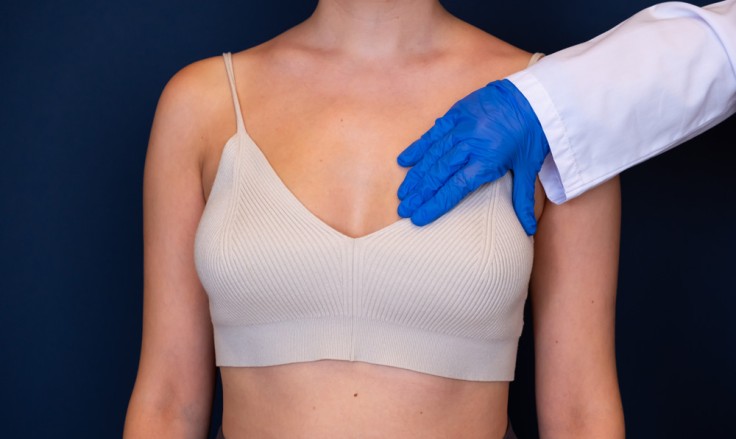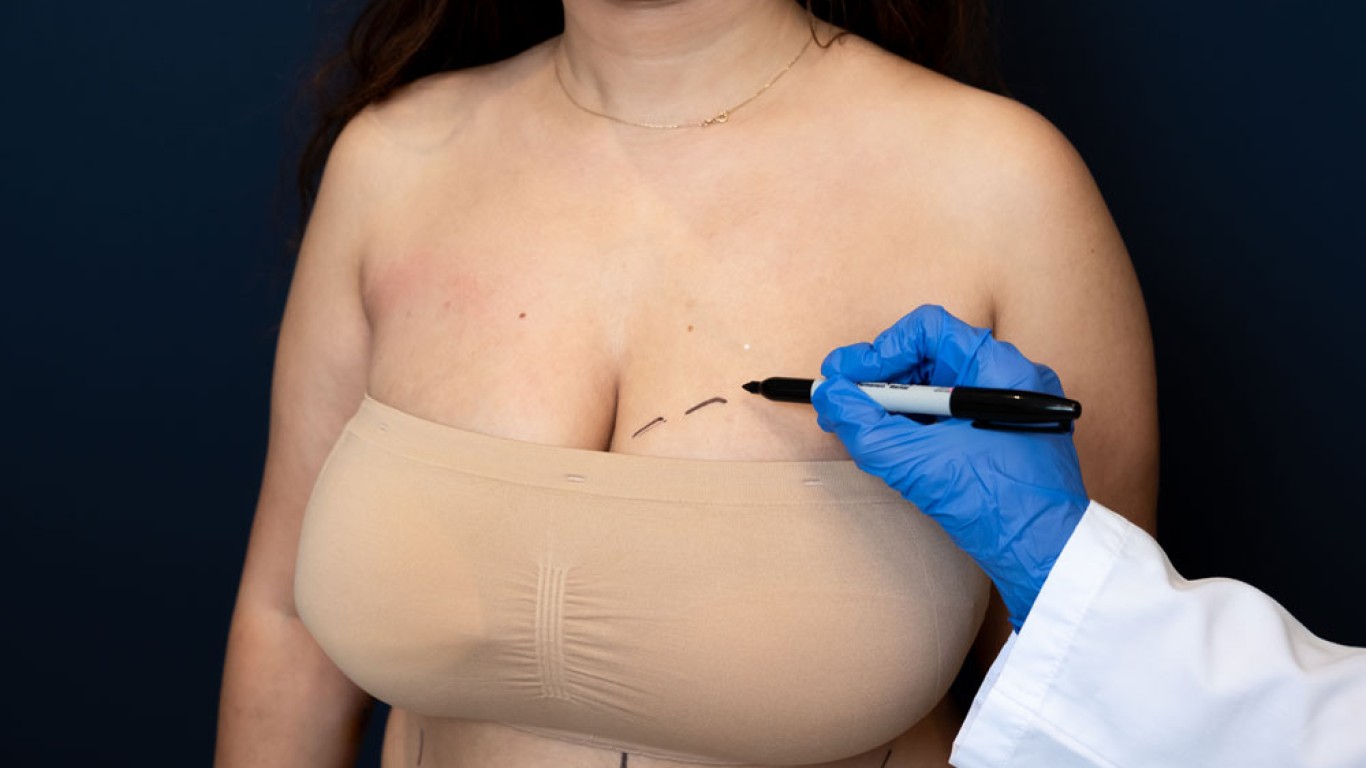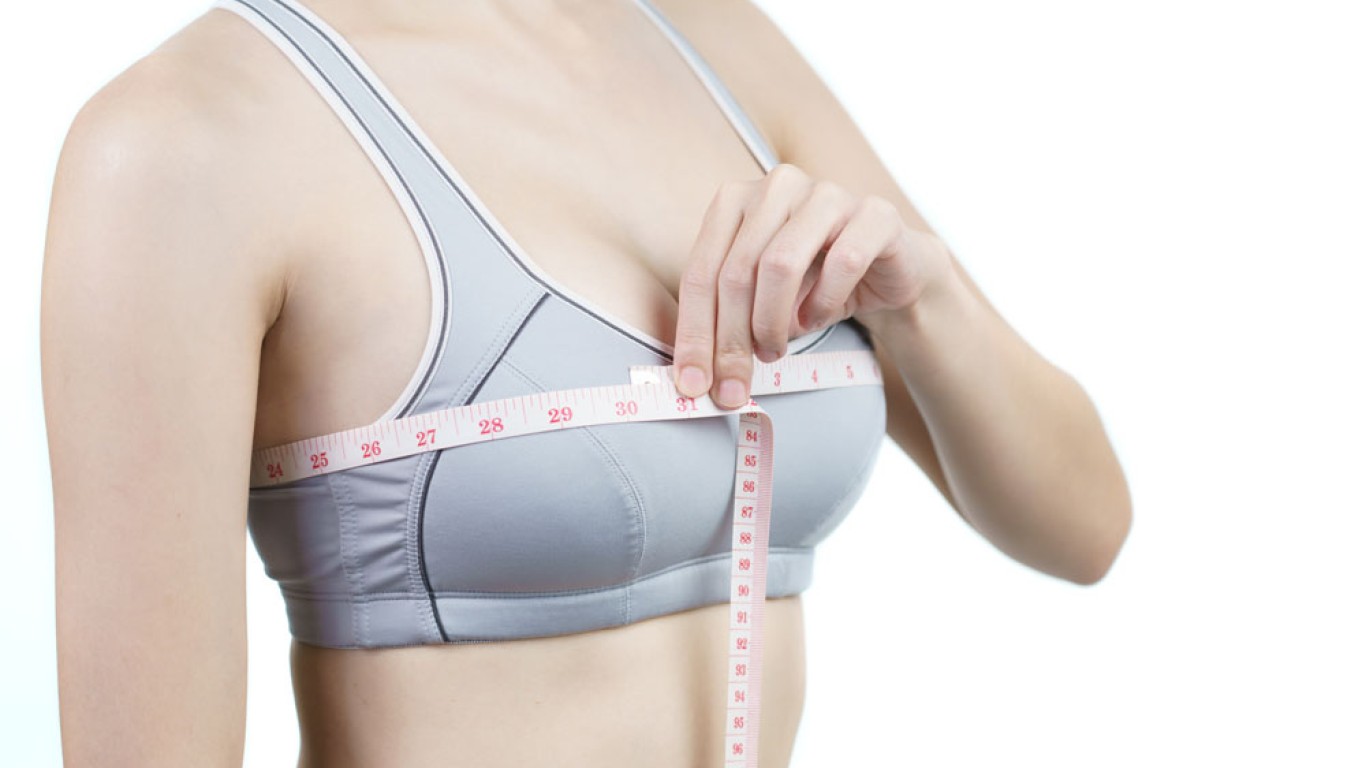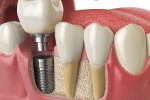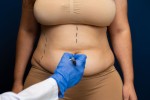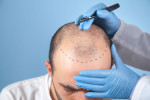Introduction
Every breast surgery begins with anatomy. The way tissue, ligaments and skin layers interact greatly influences outcomes. Patients often think mainly about size or shape, but surgeons study breast anatomy in depth before planning. This helps make sure surgery outcomes appear natural and balanced. Without understanding breast anatomy, results risk looking artificial or disproportionate.
Breast Anatomy: Looking Beneath the Surface
Breasts may seem simple from the outside, but inside they’re layered and complex.
- Skin: Provides tone and elasticity.
- Fatty tissue: Contributes volume and softness.
- Glandular tissue: Produces milk, influencing firmness.
- Cooper’s ligaments: Act as internal support beams.
- Muscle: The pectoral muscle lies beneath, guiding implant placement.
Altogether, these elements form the blueprint for natural surgical results.
Breast Anatomy: Skin and Elasticity in Surgery
Skin quality strongly affects surgical planning. This is basically because elastic skin adapts well to reshaping. Stretched or thinner skin requires supportive techniques. Skilled surgeons will assess whether augmentation, lift, or reduction will harmonise with skin condition. The skin’s ability to stretch or contract directly influences long-term success. Patients are often surprised to learn that skin condition may dictate which procedure is recommended.
Breast Anatomy: Fat and Softness
Fat distribution varies across depending on the individual. Some have fullness at the top, others at the base. This matters in breast surgery because natural fat placement affects where implants or grafts should go. Proper alignment ensures softness remains realistic, preventing an artificial look. Surgeons often use fat grafting to fine-tune results, complementing implants for subtle refinement.
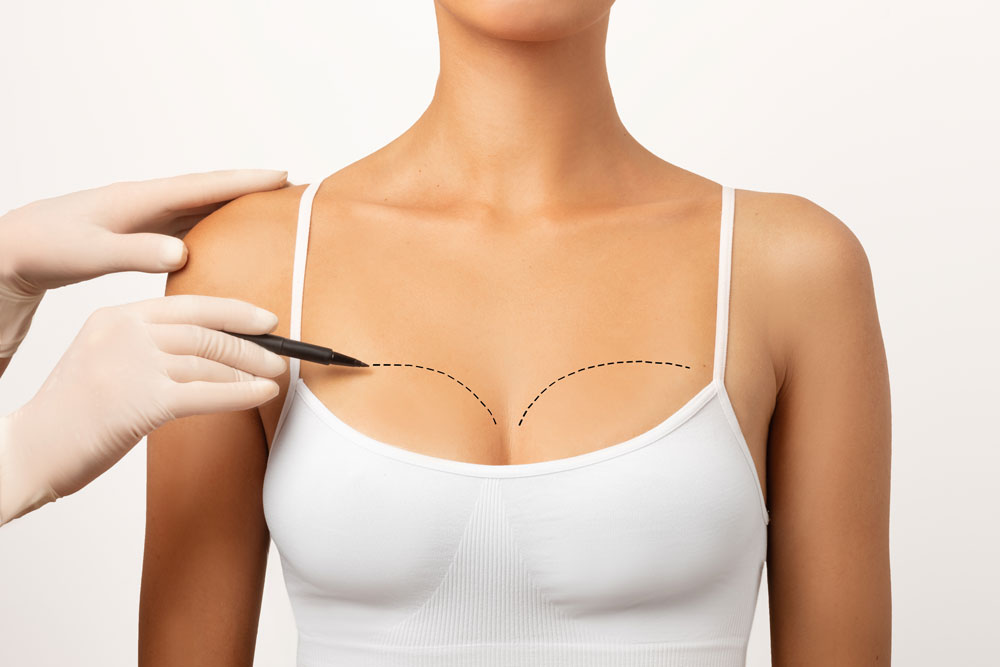
Breast Anatomy: Cooper’s Ligaments and Support
Cooper’s ligaments act like suspension cables, giving breasts their natural lift.
With age, these ligaments weaken, and that leads to sagging. Surgeons consider a patient’s ligament integrity when planning lifts or augmentations. Restoring support ensures results that last, not just look appealing immediately after surgery.
Understanding these ligaments helps surgeons create youthful contours while respecting natural structure.
Muscle and Implant Position
The pectoral muscle is absolutely critical in breast surgery. Implants may sit above or below it.
Placing implants beneath the muscle often creates a smoother contour. At the same time, above-muscle placement may suit patients with more natural tissue. Decisions are guided by detailed knowledge of muscle and breast anatomy.
This choice can influence recovery, sensation, and overall appearance.
Nipple–Areola Complex
The nipple-areola complex is a small structure with big visual impact. Its position, size and symmetry all directly influence natural appearance.
During lifts or reductions, surgeons reposition the complex for harmony. Even subtle changes here can dramatically improve overall balance.
Careful handling leads to results that align with both anatomy and aesthetics.
Breast Anatomy: Why No Two Patients Are the Same
Breast anatomy varies widely from person-to-person. Natural asymmetry is common. One breast might sit higher, project more or differ in volume.
Surgeons adapt plans to these differences, creating balance without aiming for perfect symmetry. Results reflect the individual rather than imposing a uniform standard. This tailored approach is what makes outcomes feel authentic.
How Breast Anatomy Influences Procedure Choice
Breast anatomy determines which procedures deliver natural outcomes.
- Augmentation: Builds on existing volume with implants or fat transfer.
- Reduction: Removes tissue for comfort and proportion.
- Lift: Restores shape when skin and ligaments weaken.
Surgery is tailored to what anatomy allows, ensuring realistic results.
The Role of Imaging and Planning
Modern technology enhances our understanding of breast anatomy. The latest 3D imaging technology helps surgeons simulate outcomes before surgery.
Today, patients can see realistic previews, helping align expectations with what anatomy makes possible. This collaborative process improves satisfaction and avoids unrealistic goals. Digital planning also assists surgeons in mapping incisions and implant placement precisely.
Cultural Perspectives on Natural Results
Beauty standards might evolve over time, but natural outcomes remain consistently valued. In recent years, social media reflects rising appreciation for subtle enhancements.
Patients increasingly request surgery that “looks like me, only better.” Breast anatomy provides the foundation for that authenticity. It guides surgeons towards results that blend seamlessly with body proportions.
Conclusion
Breast anatomy is the foundation of natural-looking surgery results. Skin, fat, ligaments and muscle all play a role in the outcome of surgery. By respecting anatomy, surgeons create results that look authentic, balanced, and long-lasting. Patients benefit physically and emotionally, enjoying enhancements that truly suit their bodies.
For more information and to book a consultation visit the ACIBADEM Beauty Center Breast Augmentation page.
Frequently Asked Questions
The combination of skin, tissue, ligaments, and muscle that shapes the breasts.
It guides surgeons in creating natural, proportionate results.
No, natural asymmetry is common and often addressed in surgery.
Elastic skin adapts better to reshaping, while loose skin may require support.
Augmentations, reductions, and lifts all depend on anatomy for natural outcomes.
